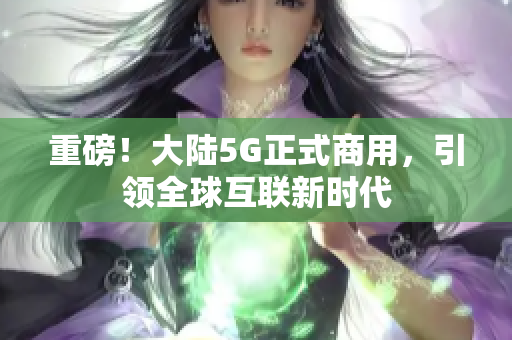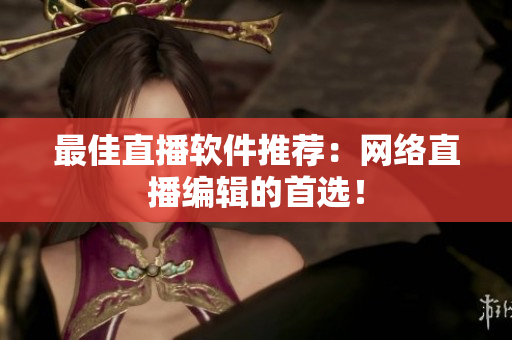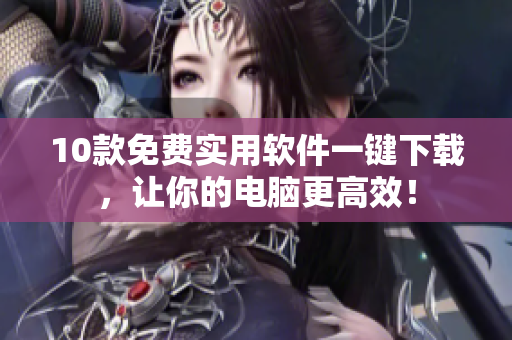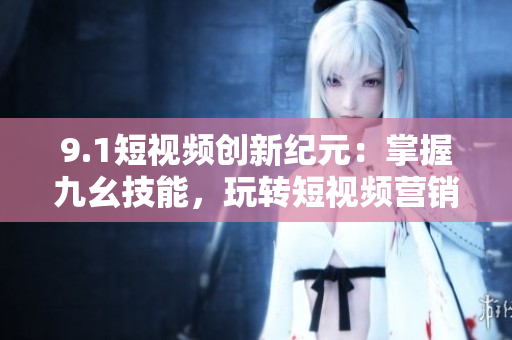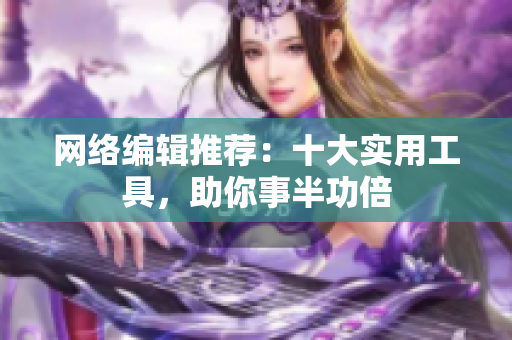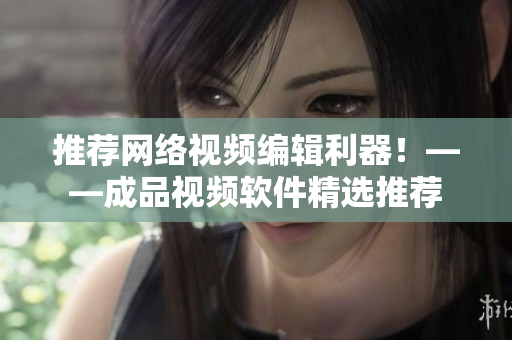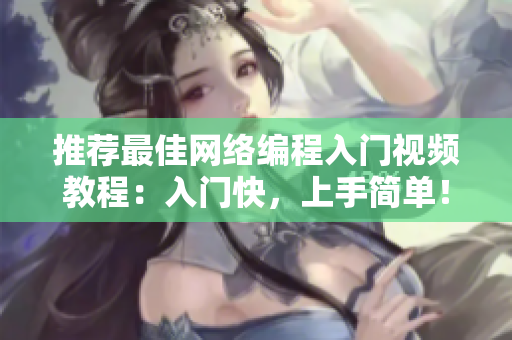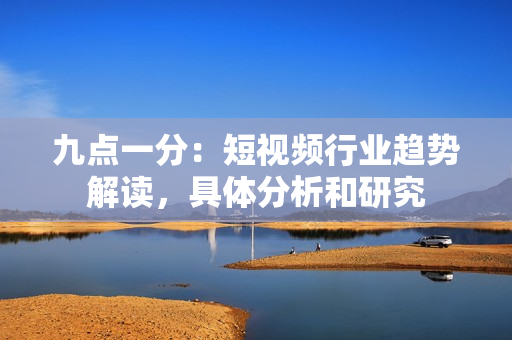Introduction
Western art is renowned for its contribution to the humanities, especially in the fields of painting, sculpture, literature, and music. Its influence can be seen in every aspect of human culture around the world. Along with this, the development of 5G technology has revolutionized the way we communicate, access information, and experience entertainment in our everyday lives. However, balancing these two seemingly different domains can become challenging as they cater to different needs. In this article, we will explore how these two domains can coexist and enrich each other.
Western Art and its Significance
Western art has a rich history spanning several centuries and has made a significant contribution to the development of the humanities. The Renaissance period in the 15th century saw a revival of classical art and culture that had a profound impact on Western art. Painters such as Leonardo da Vinci, Michelangelo, and Raphael produced some of the most iconic artworks of all time. Similarly, in the 19th-century artists such as Vincent van Gogh, Claude Monet, and Pablo Picasso developed various styles that reflected their personal expression and the changing cultural zeitgeist.
The Advent of 5G Technology
5G technology has brought with it a revolution in the way we interact with digital devices. It has enabled faster internet speeds, reduced latency, and increased bandwidth, which has led to a significant improvement in our digital experiences. For instance, 5G has enabled rapid streaming of high-definition videos, live streaming, and online gaming. Additionally, the Internet of Things (IoT) has grown significantly in recent years, which has made it possible to connect various devices that can communicate with each other, creating a seamless user experience.
Striking a Balance between Art and Technology
Art and technology need not be mutually exclusive; they can coexist and enrich each other. By incorporating modern technology in traditional art forms, artists can push the boundaries of creativity and enhance the viewing experience. For instance, augmented reality (AR) and virtual reality (VR) have made it possible to merge the physical and digital worlds, creating new opportunities for artists to showcase their talent. Additionally, technology has made it easier for artists to showcase and market their artwork, providing a wider audience reach.
Addressing Ethical Issues related to Technology
While technology can create new opportunities for artists, it also brings ethical concerns that need to be addressed. For instance, online gaming platforms have been criticized for using predatory tactics to entice players to spend more money on in-game purchases. Additionally, social media has been criticized for enabling cyberbullying and spreading misinformation. It is essential to address these ethical concerns and ensure that technology is used ethically and responsibly.
Conclusions
Western art and technology are two domains that have significant influence on our lives. While they may seem disparate, they can coexist and create new opportunities for creativity and innovation. However, it is essential to address ethical concerns related to technology and ensure that it is used responsibly. Through this, we can bridge the gap between art and technology and enrich our lives.

